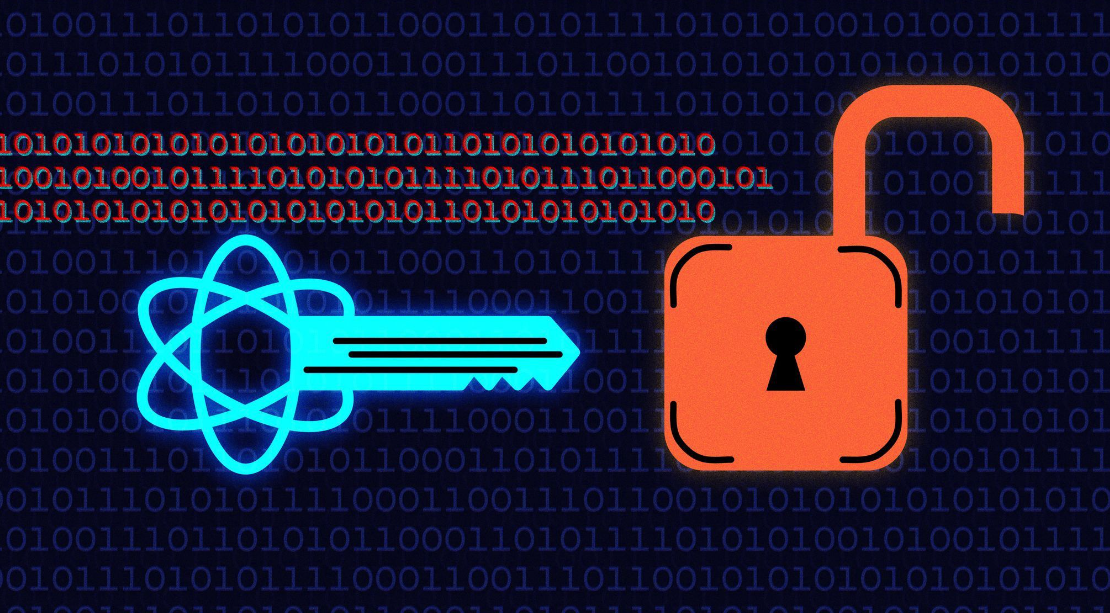What is Cryptography? Cryptography is the study of the use of encryption and an algorithm to keep data and messages secure. It also protects against the alteration or theft of data.
Cryptography has a long history of application, starting with Egyptian hieroglyphics and the development of more advanced techniques during the 15th century. By the 20th century, ciphers were increasingly used in warfare.
Definition
Cryptography is the art of encrypting and decrypting data, and keeping it confidential. It uses an algorithm, a series of mathematical operations, to transform a human-readable message (called plaintext) into something that can’t be understood by anyone other than the sender or the intended recipient. This process is called encryption and usually involves a key that must be shared between the sender and receiver of the message.
Cryptology has been around for centuries and is rooted in mathematics and algorithms. Historically, it was used to secure information in wars and for espionage, but has expanded to include computer networks as well.
Modern cryptography is based on several important concepts: confidentiality, integrity, and authenticity. These principles should be applied to all communication in an organization, regardless of the medium or the size of the network.
In this way, cryptography ensures the security of data in transit and at rest. It protects against forgery, tampering, and document manipulation. It also protects against data theft and repudiation.
The basic tenet of cryptography is that the key used to encrypt and decrypt the message should be secure, meaning that if a person is given access to it, they won’t be able to read it. This is known as the “Kerckhoffs’s Principle.”
Another underlying principle of cryptography is that it must be difficult to decrypt, which means it should be difficult for an attacker to find out what the key is. Claude Shannon introduced this concept to cryptography in his seminal paper, “A Mathematical Theory of Cryptography.”
A good cipher should be able to prevent an attacker from seeing the original message and determining the key it was encrypted with. This is a very strong assumption, and it’s an important one to make when designing a cryptographic system.
In digital business, there is a growing need to secure sensitive data at rest and in transit. This includes customer PII, employee PII, proprietary data, business plans, and any other types of confidential information. Consequently, cryptography has become an essential part of digital business and cyber resilience.
Purpose
Cryptography is an information security practice that uses a set of rules-based calculations to transform messages into ways that are hard to decipher. It is often used in applications like digital signing, verification to protect data privacy, web browsing on the internet, and confidential communication such as credit card transactions and email.
The purpose of cryptography is to protect data and messages from unauthorised users at all times. It accomplishes this through encryption and key generation. It also ensures the integrity of information and the accuracy of the management of associated information.
Confidentiality, for example, is a major security concern in information systems. This is because the people whose information is stored and transmitted need to have it protected from unauthorised individuals at all times.
Encryption is the only way to guarantee that information remains secure while it is being kept or delivered. This is because even if the transferor storage medium is hacked, the encrypted data is practically useless to unauthorized parties without the correct decryption keys.
Until the advent of modern computers, cryptography was almost entirely military in nature and was used for military communications. However, advances in technology and cryptanalysis have made cryptography much more useful for civilian use.
The key to effective cipher design is to create a system that doesn’t require the encryption algorithm to be a secret in order to maintain confidentiality. This is known as Kerckhoffs’s principle. It is based on the premise that if a system needs to be a secret in order to be effective, then it will eventually be discovered.
To maintain confidentiality, a good cipher must be designed to use a key that is difficult to decipher and to require a strong security measure for the key itself. The key should not be a random number, but should be something that the communicants know only to themselves.
Cryptography is a discipline that makes extensive use of mathematical subdisciplines, including information theory, computational complexity, statistics, combinatorics, and abstract algebra. Moreover, it makes use of a wide range of computer science algorithms and mathematics, such as number theory.
Techniques
Cryptography is the study of encrypting data to protect it from being read or tampered with by unauthorized parties. It is a field that is constantly evolving to meet the needs of businesses and individuals.
The techniques of cryptography include ciphers, encryption algorithms, and decryption. Ciphers are the most basic form of encryption, a technique wherein data is encrypted using a code that cannot be understood by an unauthorized party.
Encryption algorithms are complex numerical computations that jumble up data, preventing it from being easily read or deciphered. These methods are used in all fields of computing and are vital to security and privacy.
There are many types of encryption methods, and each method has its own characteristics that make it unique. Some of the most common methods are symmetric key encryption, asymmetric key encryption, and public-key encryption.
Symmetric key systems use the same secret key for both encryption and decryption, making them much faster than asymmetric ones. However, they are susceptible to attack by hackers and can be difficult to implement.
Asymmetric systems use a “public key” to encrypt a message and a “private key” to decrypt it. This allows the owner of the public key to establish secure communication without having to exchange secret keys with other users.
Other cryptographic techniques include digital signatures, which are used to identify and authenticate the sender of a message. They prevent a user from being impersonated by another party, and are used to secure confidential business communications.
In modern cryptography, the design of cryptographic algorithms relies heavily on mathematical theory and computer science practice. Theoretical advances in algorithm design and the development of faster computing technology are constantly changing, requiring that these designs be reevaluated.
As a result, modern cryptography is highly reliant on computational hardness assumptions. Such algorithms are able to be broken by an adversary in theoretical terms, but impossible or at least infeasible in actual practice.
The techniques of cryptography are important to any company that deals with sensitive data. They ensure that information is kept safe and private, while keeping the business running smoothly.
Applications
Cryptography is a form of information security that uses algorithms to encrypt data and make it hard for attackers to read. It is the basis of many secure systems and protocols that are in use worldwide today, including bank cards, computer passwords, email, ecommerce, and more.
Using encrypted information makes it practically impossible for an attacker to read what has been sent over the network. For example, if someone were to hack into a computer system and steal passwords, they would not be able to decipher the passwords, as they are encoded using mathematical techniques that cannot be broken without specialized equipment.
Aside from protecting data, cryptography is also used to safeguard privacy. Its main objective is to ensure that only those intended to read the message can see it. It is a method that has been used for thousands of years and continues to be utilized today in ecommerce, banking, and even military applications.
There are many different kinds of encryption algorithms, but most are based on either symmetric or asymmetric key encryption. Symmetric ciphers are the most common type and use two keys to encrypt and decrypt a message. Asymmetric encryption, on the other hand, involves using a key to encrypt a message and another key to decrypt it.
It is also possible to use cryptographic methods to protect the integrity of stored data, especially if it is transmitted over insecure networks. For example, a cryptographic checksum can be created and compared against expectations to ensure that data has not been changed or tampered with.
This technique is often used to prevent malware from stealing personal information, such as social security numbers and credit card details. Moreover, it can be applied to a variety of other types of sensitive data, including healthcare records and financial statements.
The application of cryptography is becoming increasingly necessary as hackers continue to target computers and open communication channels. Fortunately, modern encryption techniques offer a wide range of methods to prevent malicious attacks while enabling the transmission of crucial data and keeping it secure for authorized users.




